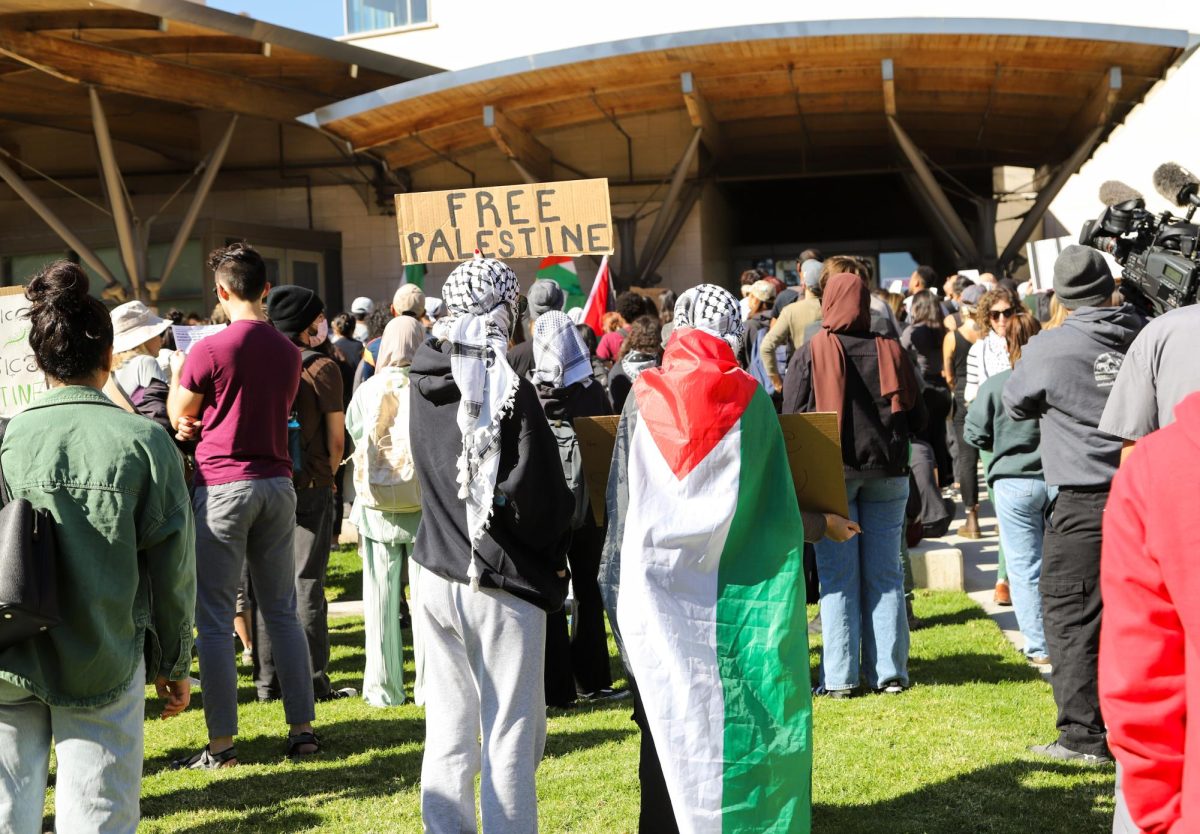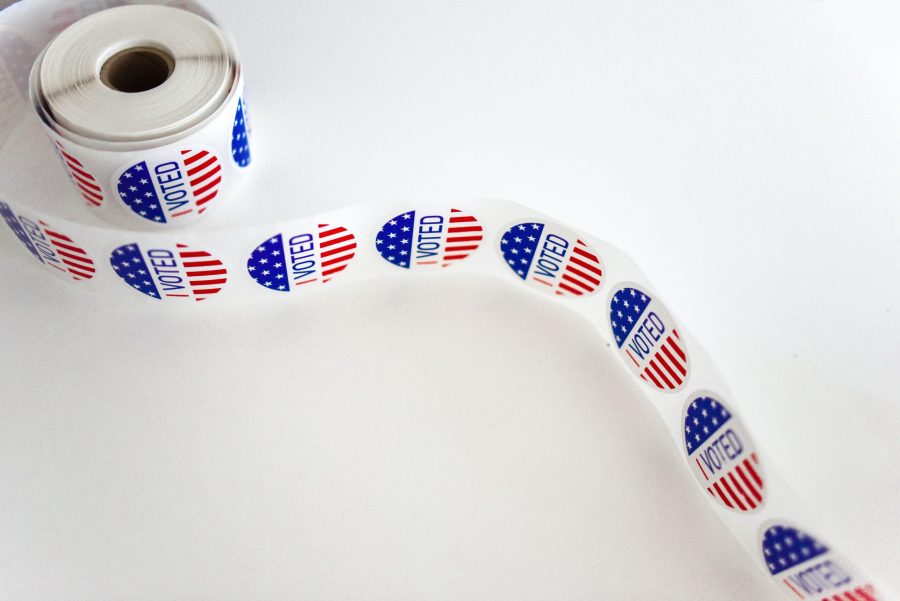UCSD is an isolated beast. Half of the campus faces plunging cliffs; the other half is surrounded by eucalyptus groves. The roads that lead to school are long, there are virtually no bike lanes, and most students live at least a mile away — far from the few luxury condos and mansions that line the perimeter of Campus Loop. In essence, getting to class is no simple task without a motor, a fact made all the more apparent by the news that the free Cityshuttle routes — including the Arriba shuttle and the Nobel shuttle — will be absorbed by the San Diego Metropolitan Transit System SuperLoop service beginning this summer.
What’s more, the free Bus Zone program will be replaced with a new user fee-based system. In other words, for the 2013–2014 school year, students will either have to pay $36 per month (and $41 per month the following year) for the bus, or $670 per year for an “S” spot parking permit in order to get to campus. Now, that’s a big increase from “free.”
In response to these changes, a coalition of students created Project Sumo — and an accompanying website, ProjectSumo.com — to coordinate communication between students and organize a protest. Over 5,000 students have also come together on a new Facebook group called “UCSD Students Against Transportation Changes.” The page includes dozens of posts from students offering their own ideas for a solution, as well as the results of a poll that favor eliminating additional transportation fees to students completely.
One of the most active and invaluable members of the group is A.S. President Meggie Le, who has been answering questions and working on a petition and an alternative to UCSD Transportation Services’ plan with 2012 graduate Adam Powers, who formerly served on the Transportation Policy Committee. The president has kept her cool among severely angry and confused students, and for that, we are really impressed.
But the outrage is 100 percent understandable, because the gist of the problem with these changes is simple: UCSD is a uniquely and terribly designed school. It is continuously expanding in size and enrollment, yet we aren’t making accommodations for an increase in parking needs. The new Village housing, for example, has brought many older students (who are more likely to have cars) to campus, but it doesn’t even have a small lot to call its own. Not to mention the summertime decision to tape off the free parking across from the Salk Institute at the Torrey Pines Gliderport forced many students who parked there to give in, buy parking permits and join the ranks of students screaming to themselves in their cars while they drive up and down the aisles in Muir. So by limiting access to public transit, we are making the university an even more unappealing institution, especially to low-income students who can’t afford cars, parking passes or even a monthly bus pass.
Currently, in addition to the extensive complimentary shuttles offered by Transportation Services, the gold foil sticker on every ID card lands students free rides on select MTS routes, such as the 201/202, 30 and 41. Both services are extremely popular, especially the Arriba and Nobel Cityshuttles, which frequently have to skip stops after reaching maximum occupancy, despite the fact that they run virtually every 10 minutes (sometimes even more frequently). We are then left with many questions: Can MTS truly pick up the slack from Arriba and Nobel, and will they be able to keep the SuperLoop running until midnight? Will paying for buses discourage students from taking them, increasing the demand for parking even more?
Despite the noted problems, in last week’s editorial, “Bus Changes Mean Students Can Access More Routes,” we admitted that these changes were the best possible course of action that Transportation Services could take. While we acknowledge that the changes present severe logistical issues for many students, there are few other options.
Transportation Services accumulated a $2.1 million deficit in the past year alone, and its only real source of funding is parking permits and citations. The current MTS subsidy and the Arriba and Nobel shuttles cost Transportation Services upward of $4 million per year, making the department unsustainable without touching costs. The money can’t come from outside the department, either — transportation is considered an “auxiliary service” by University of California policy, and auxiliary services are expected to fund themselves.
The only real, alternative solution here is to try to pass a referendum that would charge every student X amount of dollars (likely around $220) for transportation, including those who are paying separately for parking passes and don’t actually use the shuttles. As we saw last year, most students oppose any kind of fee increase. The proposed $8-per-quarter referendum to save CLICS and the $495-per-year referendum to move UCSD athletics to Division I were both shot down.
Looking at the comments on the Facebook group, however, it’s clear that students want to examine other options. Admittedly, this new program was chosen after feedback from a comprehensive phone survey that began at the end of May 2012, including input from over 4,600 students, faculty and staff, as well as input from the UCSD Transportation Policy Committee. Reportedly, 65 percent of survey respondents preferred this user fee-based system, but accounts of a survey most students don’t remember or never received does not make the changes any easier to stomach.
So even if a fee referendum fails, the sheer amount of outrage and student input flying across the web means it’s worth giving a shot.





